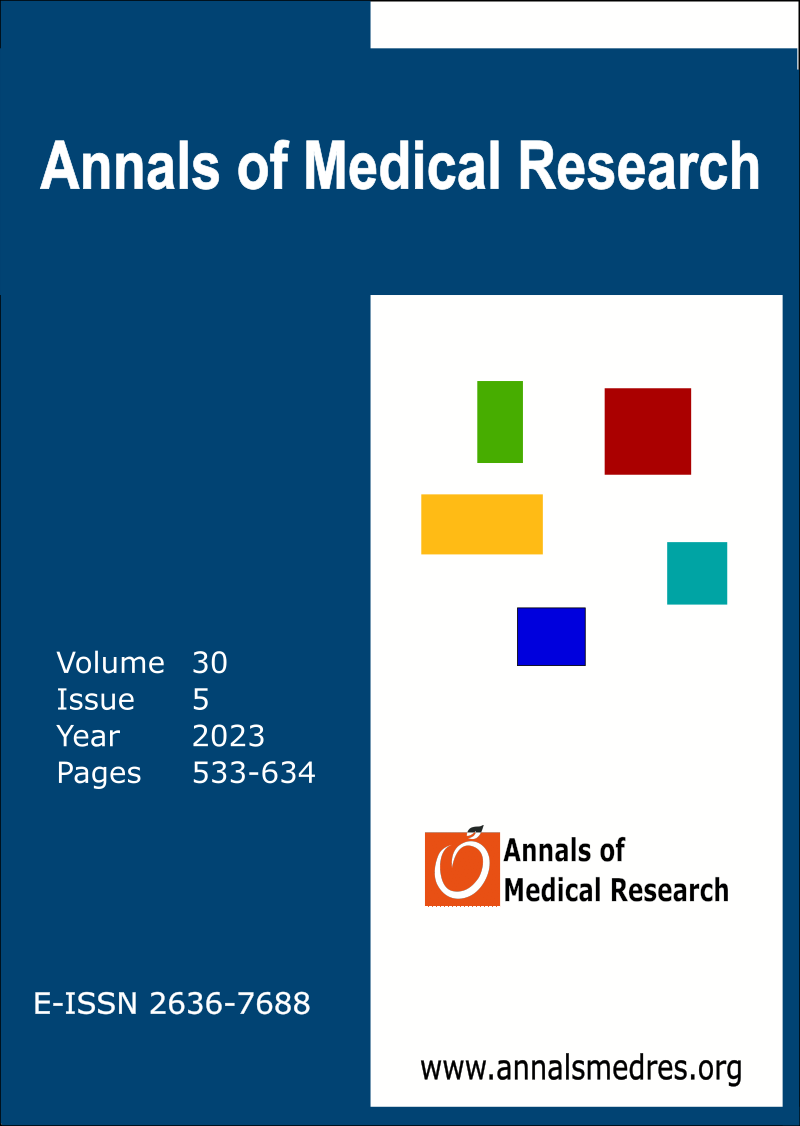Evaluation of the presence of re-emergent tremor and its effect on clinical features in Parkinson's disease
Keywords:
Parkinson’s disease, Re-emergent tremor, Tremor frequency, Tremor latencyAbstract
Aim: Re-emergent tremor (re-t), an examination finding specific to Parkinson’s disease (PD), is a type of postural tremor that occurs after a period of time when the arms are extended forward. Its frequency and severity are similar to the resting tremor seen in PD. In our study, it was planned to investigate the incidence of re-t in PD, its latency, the severity of motor and non-motor symptoms in patients with re-t, and whether there is a difference with patients without re-t.
Materials and Methods: 72 Parkinson’s patients diagnosed according to Queen Square Bank diagnostic criteria were included in the study. The patients were divided into two groups as those with and without re-t. Hoehn-Yahr (H&Y) Scale, Unified Parkinson’s Disease Rating Scale (UPDRS), Nonmotor Symptoms Scale (NMMS), Montreal Cognitive Assessment Scale (MoCA), and Geriatric Depression Scale (GDS) were applied to all patients. All patients were evaluated at on-period and re-emergent latency was measured with a stopwatch.
Results: Re-t was observed in 17 patients, mean re-t latency was 9.3±4.4 seconds and severity was 2.2±1.2. No difference was observed between the two groups in terms of H&Y stage, UPDRS, and NMMS scores. Similarly, no difference was found in MoCA and GDS scores.
Conclusion: Different from the literature, in this study PD patients with and without re-t were compared with GDS and MoCA tests for the first time, and similar cognitive impairment and depression were found between the two groups. This study showed that the course of PD was similar in patients with and without re-t.
Downloads
Published
Issue
Section
License
Copyright (c) 2023 The author(s)

This work is licensed under a Creative Commons Attribution-NonCommercial-NoDerivatives 4.0 International License.
CC Attribution-NonCommercial-NoDerivatives 4.0






